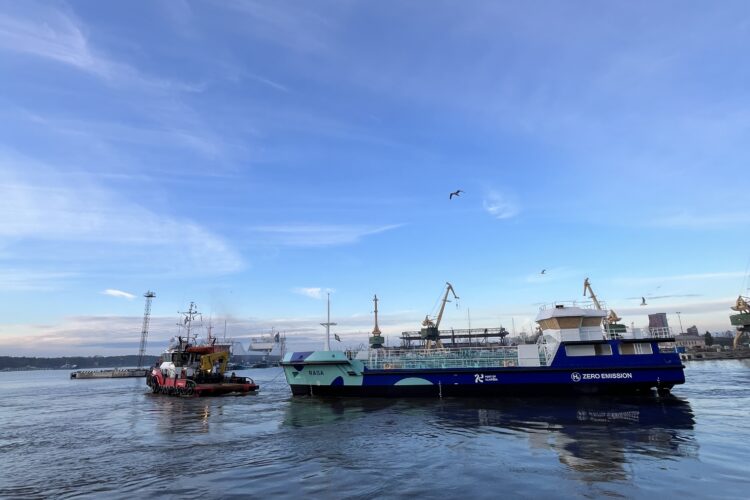Towing a vessel hull across the sea is never just about moving steel from point A to point B. It’s about precision, planning, and trust. Recently, we were entrusted to organize the towing operation of another extraordinary project – the newly built hull of an electric and hydrogen-powered waste collection tanker. The hull had to be towed safely from Klaipeda, Lithuania to Nasva, Estonia.
This project was particularly close to our hearts. Ernst, with his extensive experience as a tugboat Master, has spent years achieving the art of towing. He recognizes the challenges, the risks, and the crucial details which could ultimately decide the faith of the project. That expertise made us the right fit for the job. Together with Ernst, our senior surveyor Getter Kaevandes mapped out every step, ensuring compliance with regulations and absolute safety of the process from departure to arrival.
Towing preparations
Every successful towing operation starts long before the actual journey. We prepared detailed Shippers Preparations to guide Western Baltija Shipbuilding yard in Klaipéda, Lithuania on how to prepare the project for the upcoming sea voyage. Seaworthiness and weather resistance were top priorities.
After we were provided with an initial towing plan, we ensured that everything presented matched the requirements of the operation. This included setting operational limits for the upcoming sea voyage to mitigate potential risks and ensure the safety of both the project and the tugboat. Additionally, we defined the operational limits in an Insurance Criteria, ensuring that the tow would only proceed under specific conditions.
The day of the towing operation
The day of the towage operation was blessed with unusually warm and sunny weather – more common in April than in January. On the early morning of January 28th Getter inspected the hull’s readiness for the upcoming towage and the compliance with the preparatory guidance issued earlier together with the Western Baltija Shipbuilding project manager. Together they identified and immediately resolved every arisen issue. The goal? Not to nitpick for the sake of it, but rather to ensure the safety and preparedness of the hull for the upcoming voyage.
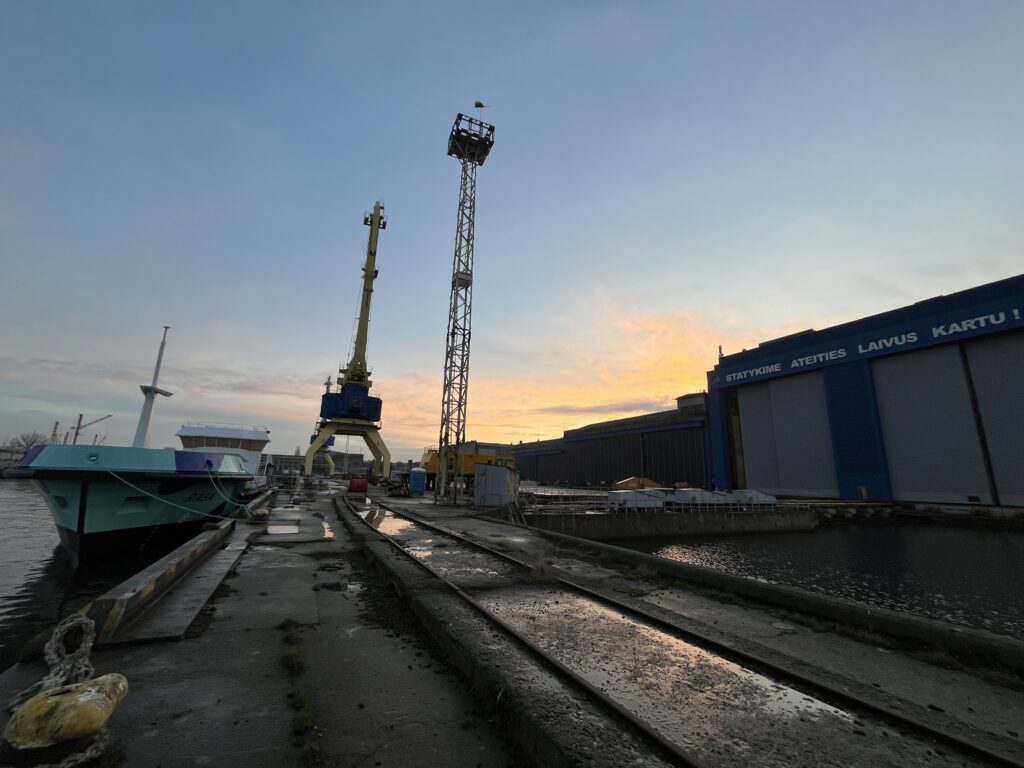
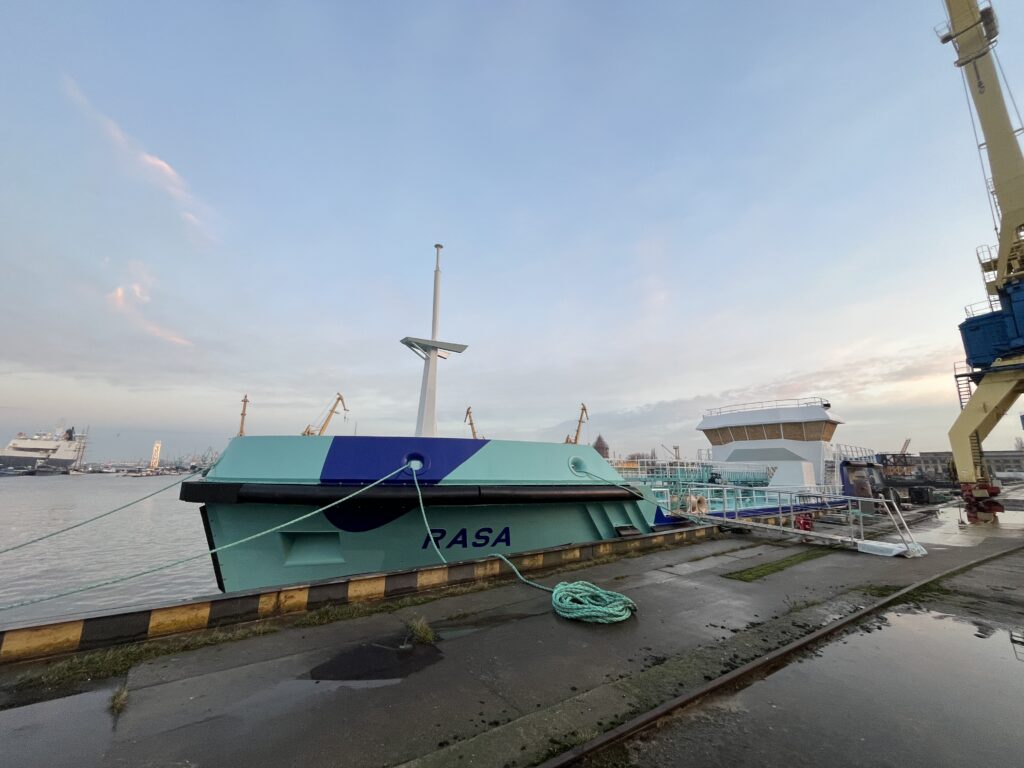
The day of the towing operations for the waste collection tanker hull from Klaipeda to Nasva.
The towing equipment was inspected, the preparatory works and securing of the towing arrangement monitored, and only after everything met the safety and operational standards to the satisfaction of our senior surveyor Getter, the towage was finally approved.
The tugboat together with the newbuild hull, arrived at Saaremaa on midday of 29th of January. Due to difficult weather conditions, the tug towed the hull gently alongside Roomassaare Harbour. As the weather conditions were too severe to continue the towage operation, it was decided to wait for the weather to calm down. Finally, the weather calmed down and the hull was towed to the Baltic Workboats shipyard on the 31st of January.
Highlight of the towing operation
Communication was of key importance. Open and direct discussions with the towing company, Western Baltija Shipbuilding, Baltic Workboats, and the Agents of Western Ships Agency ensured that every challenge was met with swift, informed decisions. Getter summed it up perfectly: „Every question that arose was answered quickly and thoroughly. The teamwork was seamless. And let’s not forget the tugboat’s crew. At the end of the day, they were the ones guiding the hull safely to Nasva. Ultimately, it’s their skill, professionalism, and deep understanding of their vessel which make operations like these possible.”
Arro Truumees, Project Manager at Baltic Workboats, highlighted the complexity of coordinating such a multi-company, cross-border project: „Bringing together several companies across different countries—each with their own processes and expectations—is always a challenge. Clear coordination and shared understanding are key. When it comes to towing a tanker hull from Klaipėda to Nasva, I couldn’t be more pleased. Thanks to mutual understanding, clear communication, and a well-prepared, well-organized towing operation, the hull arrived safely at our shipyard in Nasva, where we are now completing the final phase of the vessel’s construction.”
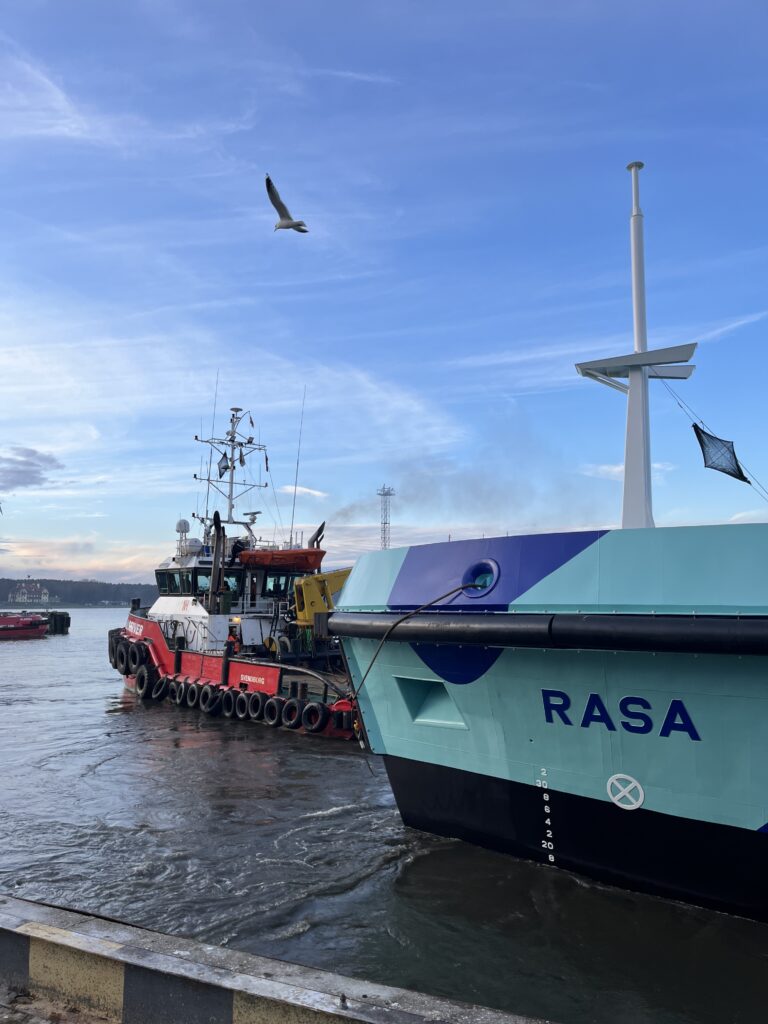
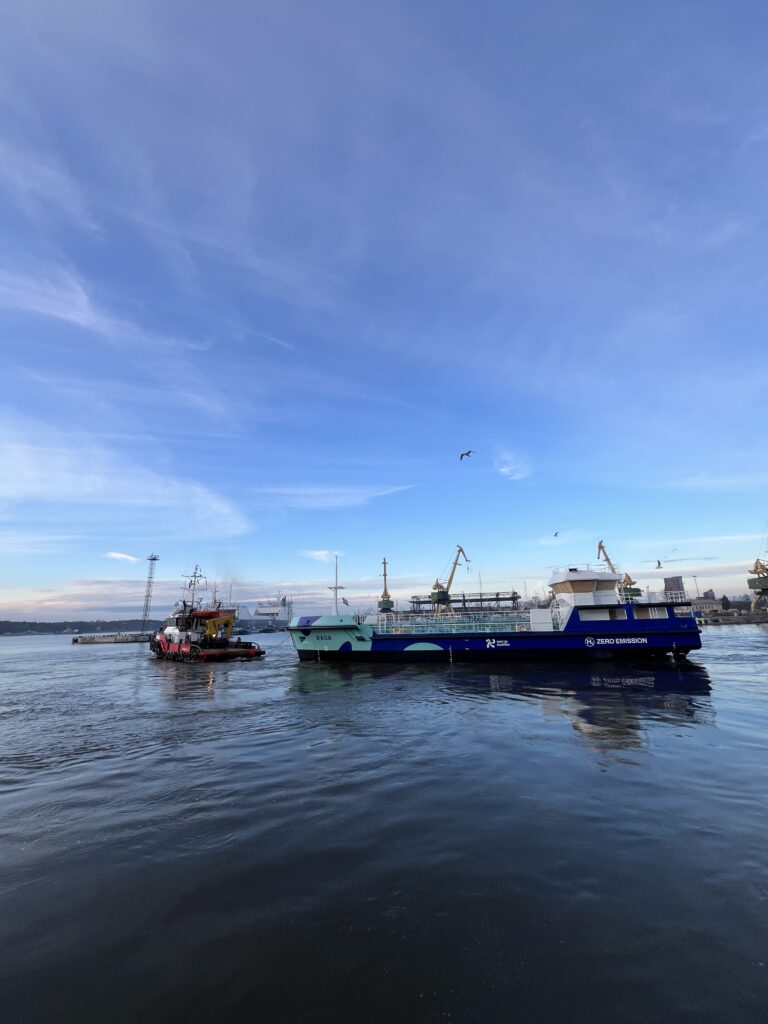
Specifics of the towed tanker
The towed hull will be a groundbreaking electric and hydrogen-powered inland waterways tanker, designed to collect waste from ships arriving at the Port of Klaipėda. This 42-meter-long and 10-meter-wide tanker will be able to carry up to 400 cubic meters of liquid waste. The tanker will be equipped with a 2,000 kWh battery system, so it can sail continuously at 8 knots for 8 hours without needing to recharge. Advanced automation technologies will enable efficient operation by only a three-member crew, optimizing both power consumption and operational profiles.
The construction of this vessel marks a significant collaboration between two large shipyards – Baltic Workboats and Western Baltija Shipbuilding, a subsidiary of BLRT Grupp. Combining their expertise, they worked together to deliver a highly advanced vessel, integrating cutting-edge automation, electric propulsion, and modern shipbuilding solutions. Their partnership highlights a seamless fusion of innovation and craftsmanship, ensuring a state-of-the-art result.
This vessel represents a significant step forward in sustainable maritime operations within the Baltic region. The tanker’s fully electric propulsion system will not only reduce the environmental impact but also set a new standard for efficiency and innovation in waste collection at ports.
Ready to plan your next tow?
Precision, planning, and teamwork turned this project into a seamless operation. Whether it’s vessel transport, marine surveys, or managing the logistical operations of your innovative and extraordinary projects, we bring the same level of expertise to every job. Need a trusted partner for your next maritime challenge?
Let’s chart the course together. Reach out today at hello@wbcons.ee!
